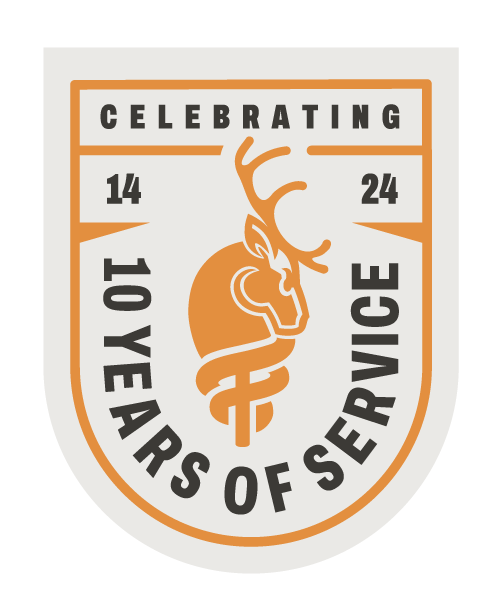
Social media once was viewed simply as a way for people to share content, voice opinions, or scroll to pass the time. Today, it has evolved into a place where patients go to self-educate, connect, and challenge certain healthcare norms. In the post-pandemic landscape, platform engagement is at an all-time high, and social media is something far more immersive. Consumers aren’t just browsing—they’re investigating. They’re building communities. They’re reshaping the way health information is consumed and trusted. For patients, platforms such as TikTok, YouTube, Reddit, Facebook, and LinkedIn have become immersive consultation rooms that offer peer experiences, expert opinions, and algorithmic wisdom in seconds.
While Google still dominates as a formal search engine, many patients now start their journey elsewhere. According to a recent study, more than 80 percent of internet users ages 18–49 report seeking health information on social media platforms.1 They go to TikTok and YouTube videos for firsthand accounts and experiences, Reddit threads for unfiltered conversation, Facebook for community, and LinkedIn for insights from key thought leaders. Patients are walking into their doctor’s office armed with questions shaped by their findings on these different platforms.
Short-form content reigns supreme, and authenticity beats polish. Consumers are seeking relatable voices, digestible education, and stories that reflect their questions and conditions. This can present both a challenge and an opportunity for pharmaceutical and healthcare marketers. The keys to success lie in platform-native storytelling and fostering genuine connections through authenticity. Frequency also is important: The more touchpoints created, the more opportunities marketers have to build trust with their audience. With patients’ appetite for short-form content, there is an opportunity for marketers to engage audiences with narratives told in segments, allowing them to deliver their message in sync with the patient’s journey.
Connecting with these consumers requires a deep understanding of audience behavior and platform tone, and how to align content with key emotional drivers—comfort, curiosity, or community—across the funnel. It’s also important not to discount the audience based on dated assumptions. In 2024, 46% of TikTok users were 35 and older, and nearly 27% were over 45. The myth that social media is only for the young has been debunked; the reach is cross-generational.2
Social media has rewired the patient journey. Patients are no longer passive listeners—they are active participants. Fueled by the insights they’ve garnered online, patients arrive in physicians’ offices ready not just to listen, but to engage, question, and advocate for their care. For brands and marketers, this shift is more than a media trend—it’s a behavioral one. The content marketers create and the channels they activate must reflect how patients are navigating care in real time. The brands that listen, learn, and adapt will be the ones that win attention and trust in this new age of health fluency.
References: 1. Deb T. Social media in healthcare statistics 2025 by data, insights, engagement. https://media.market.us/social-media-in-healthcare-statistics. Updated January 13, 2025. Accessed May 29, 2025. 2. Duarte F. TikTok user age, gender, & demographics (2025). Exploding Topics. https://explodingtopics.com/blog/tiktok-demographics#tiktok-users-by-age. Published January 30, 2025. Accessed May 29, 2025.
